Arthritis is an inflammation of the joints common in the elderly. The disease usually appears in middle age, especially from 40 years old. The patient has limited mobility, seriously affecting the quality of daily life. Learning about arthritis including its causes and symptoms is an extremely important factor to help you find the right and effective treatment.


1. What is Arthritis?
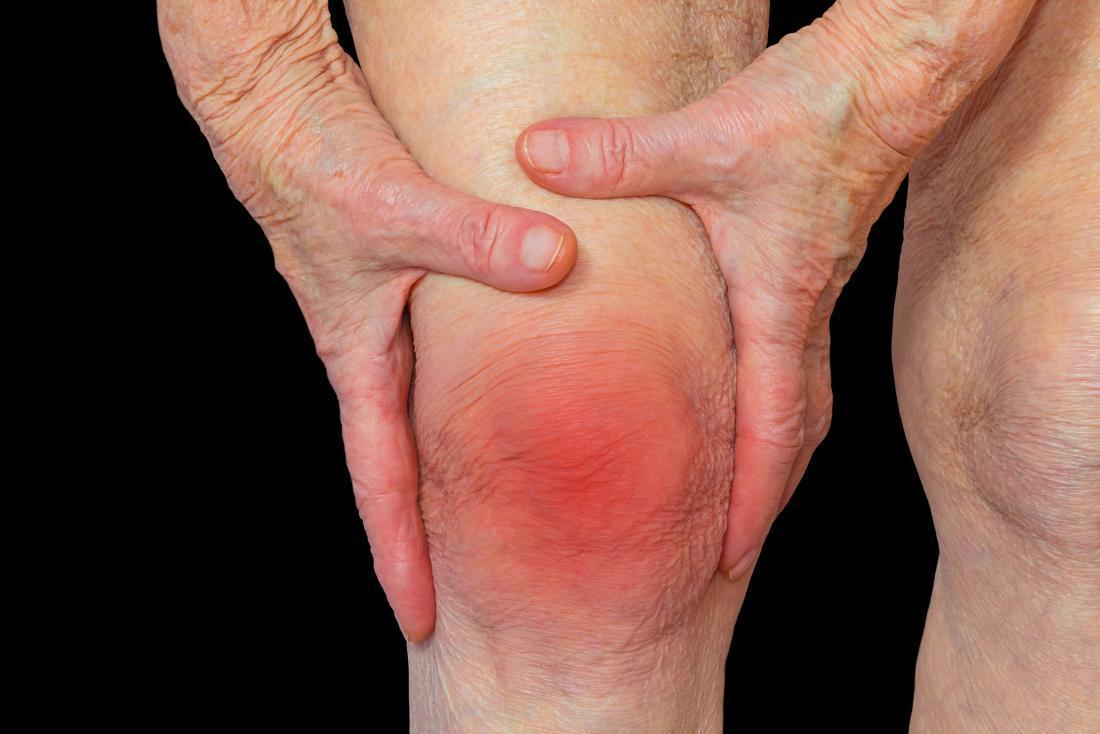

✅ Arthritis is the general term used to describe the inflammation of one or more joints. Arthritis can cause joint cartilage to burst, causing pain, swelling that makes it difficult for people to move. There are 4 common types of arthritis: osteoarthritis, rheumatoid arthritis, gout, and polyarthritis. I have a section on gout and rheumatoid arthritis. Osteoarthritis is a joint disease that mainly affects cartilage. When suffering from osteoarthritis, the upper layer of the cartilage breaks and wears out, causing the lower cartilage bone to rub against each other, causing pain, swelling, and loss of joint movement.
2. Why do you have Osteoarthritis ?
2.1 Age
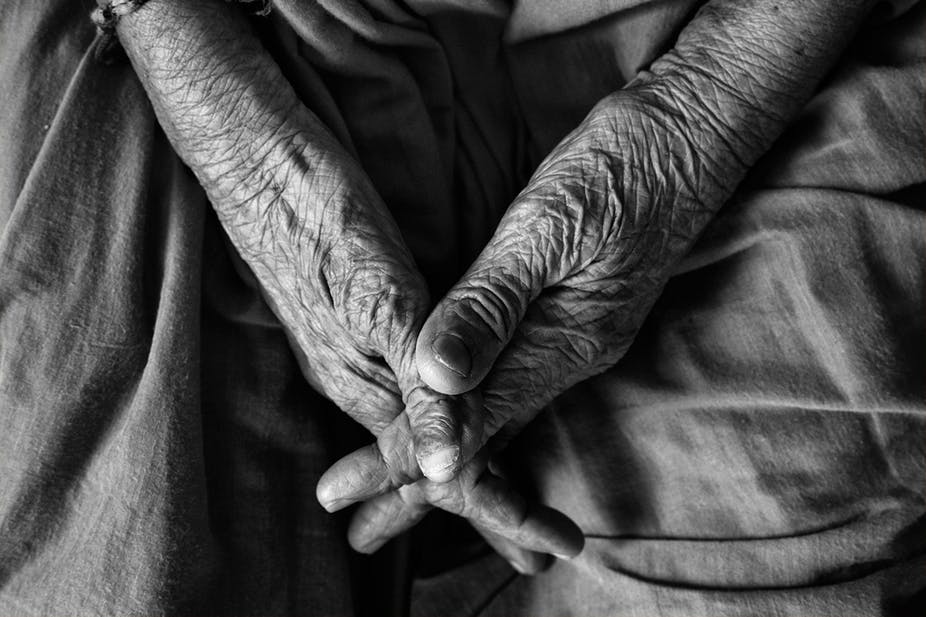

✅ Age is the leading cause of Osteoarthritis, the higher the age, the greater the risk of getting the disease. Because aging causes the joints to dry out due to lack of joint fluid, cartilage is brittle and easier to inflame.
2.2 Fat
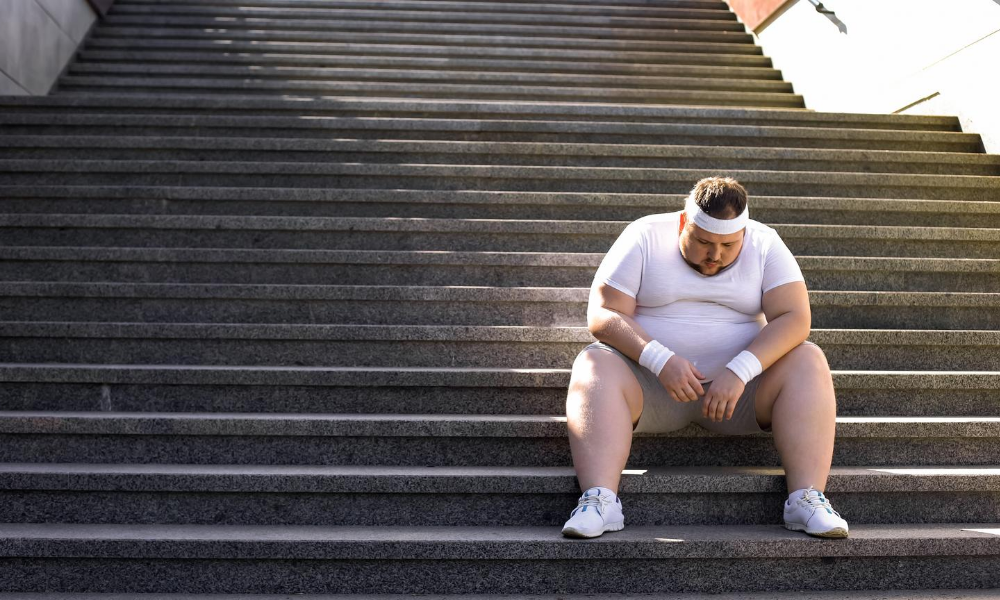

✅ The more weight, the greater the pressure of body weight on the joints. At this time, the hip, spine, and knee joints will be under the most pressure. Therefore, obese people are at higher risk of developing Osteoarthritis than normal.
2.3 Job


✅ Some jobs that increase the risk of Osteoarthritis at the wrist, finger, and shoulder positions such as chain workers, office workers, tailors, etc. due to repeated movements in a long time. In addition, people who do heavy work or squat … are also likely to have Osteoarthritis in the ankles, knees, hips, spine.
2.4 Wearing high heels


✅ High heels are one of the “culprits” that adversely affect the health of the skeletal system. When wearing high heels, bodyweight will be put all the way down to the foot, especially the knee and heel. Over time, they wear out and damage joint cartilage, causing Osteoarthritis.
3. What signals of Arthritis ?
3.1 Inflammation
✅ This is considered a typical symptom of arthritis, lasting throughout the disease. Due to the wear and tear of articular cartilage, joint fluid is much reduced, causing two ends of the bone to touch causing pain. Symptoms usually occur when exercising but there are cases even when resting, the patient also feels pain leading to other health problems such as insomnia, anorexia, weakness in the body …
3.2 Swelling
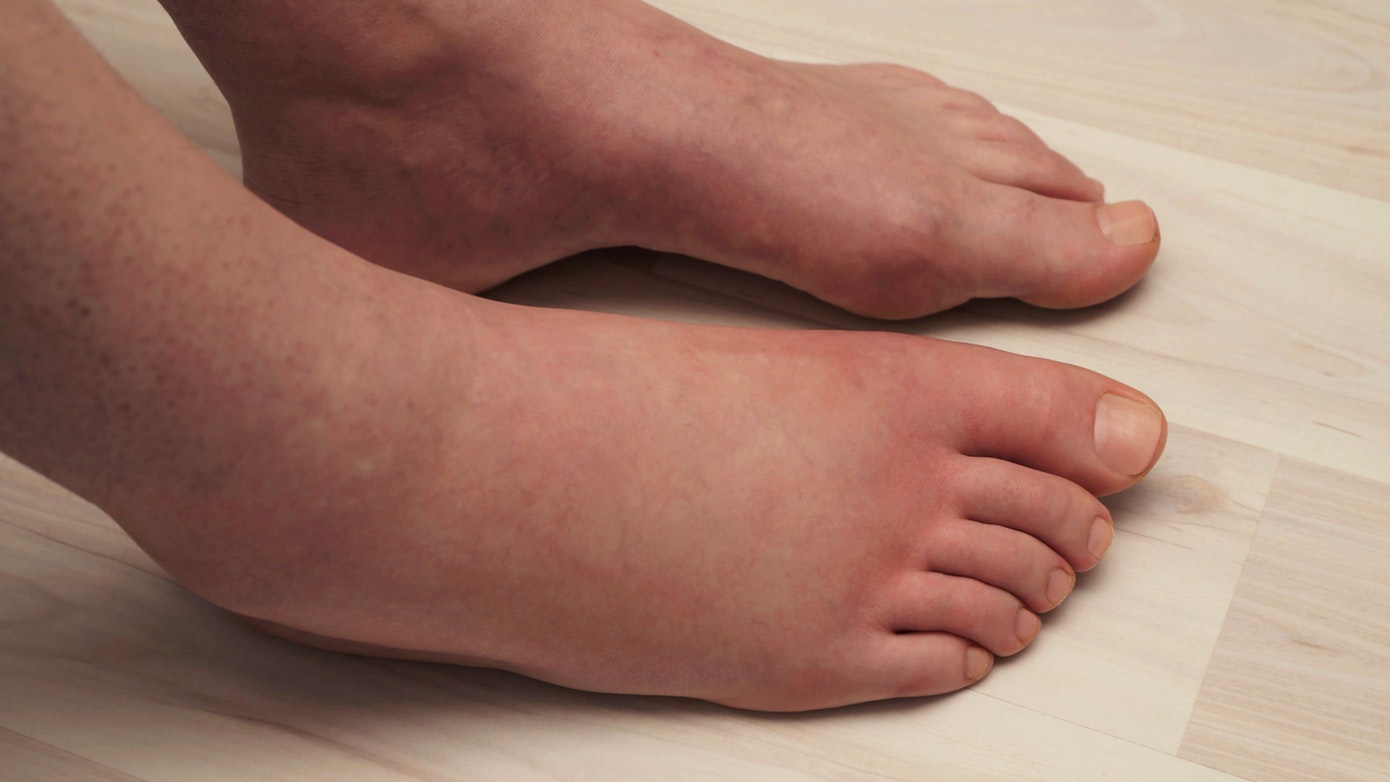

✅ At the location of swollen joints often appear signs of redness, touch feels warm, at the same time the patient feels uncomfortable aches and pains. Symptoms of swelling that make movement difficult, may even numb.
3.3 Stiffness
✅ The structure of a healthy joint will be supported by ligaments accompanied by cartilage, synovial fluid, and some tissues. When arthritis, the joint structure is damaged, patients have difficulty in movement. Ligaments and cartilage can be problematic and cause sclerosis.
3.4 The muscles weakened
✅ The muscles around the joints become weaker, especially the knees. This condition can make people afraid of movement because of pain. Over time, if there is no intervention, it can lead to muscle atrophy, restriction or loss of mobility, serious impact on health.
3.5 Joint deformation
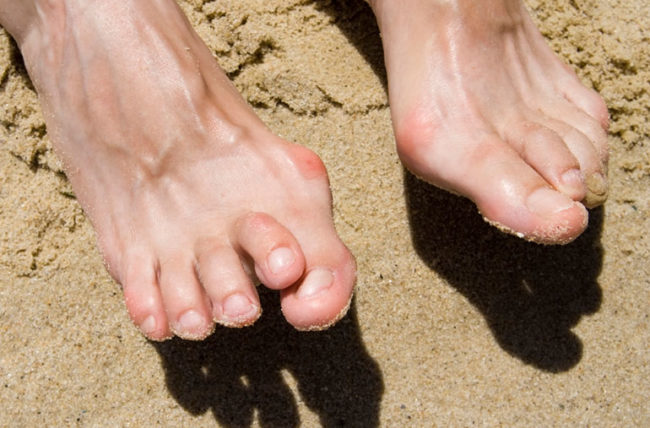

✅ This is one of the most severe signs of arthritis. Most people who suffer from joint deformities are caused by long-term disease, the treatments become less effective. This phenomenon occurs when one side of the joint is heavily eroded, the joint structure is unstable, sticky, and deformed.
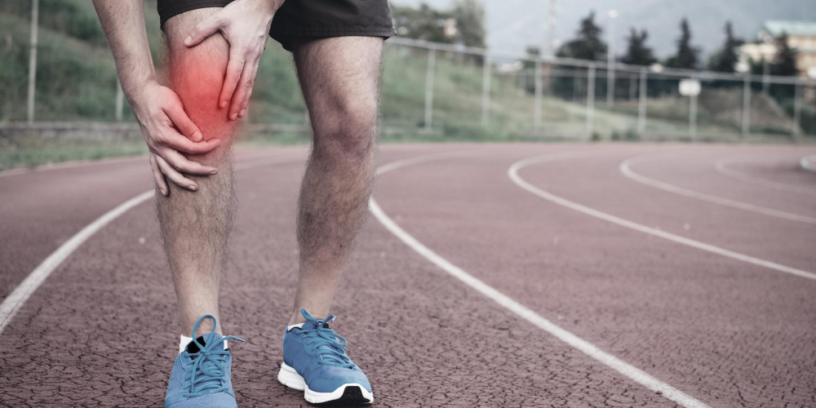
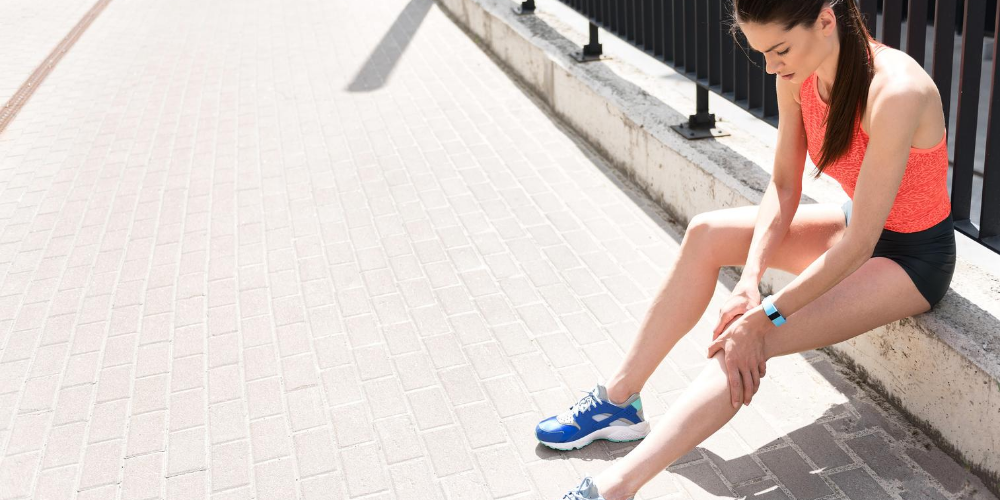

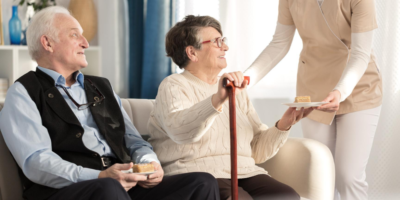


Leave a Reply